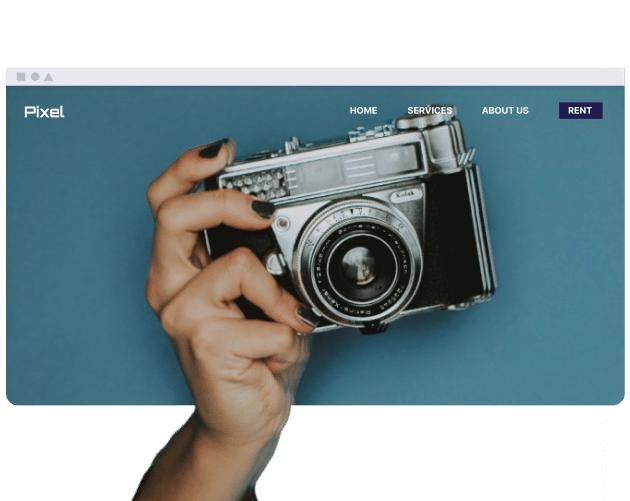What specific user interactions are captured during a Session Recording?
In detail, session recording collects not only every move of the mouse, but also the scrolling action, and it can even get the small and subtle movements of the mouse that may not be easy to be noticed with the naked eye and these constitute a “movie–like” picture of a user’s online experience. Additionally, it retrieves keyboard input information (although in most cases it is hidden for privacy protection) and the details of page visits and form submissions. This deep capturing is the most effective way to learn about user action because it shows you the actual interaction, not just whether the users have interacted. For example, you can discover if a person is having a hard time clicking a button or repeatedly scrolling to find the information they want.
What are the potential challenges or limitations of Session Recording?
Session recordings relate to data privacy and data volume considerations. The privacy issue is crucial, as compliance with regulations like GDPR and CCPA is part of the user interactions that are captured; it often involves methods such as data anonymization and explicit user consent. Resource requirements for the recording process can be substantial, and data management and analysis may be influenced by the degree of automation in filtering. It’s essential to consider these factors when implementing a session recording solution to ensure ethical practice and efficient analysis.
How can privacy concerns be addressed when using Session Recording?
One of the things to look for in utilizing a session recording tool is addressing privacy concerns. The best way is to anonymize or mask sensitive data fields and get consent from the user. The implemented approach appears to correlate with compliance regarding ethical and legal regulations, which affects how personal identifiable information (PII) is captured. For example, the system can be configured to obscure credit card numbers or names in recordings. Additionally, secure data storage, restricted access to authorized individuals, and data retention policies can contribute to user privacy protection.
Who typically uses Session Recording and for what purposes?
Additionally, PMs and UX/UI designers are the primary users of the session recording application. They typically analyze user behavior, identify design challenges, and evaluate new features within the interface. The availability of visual analysis, alongside directly relatable information, can influence product and user experience adjustments. Marketing teams utilize it in their landing page and conversion funnel strategies, and development teams employ it for bug identification and reproduction.
How can Session Recording data be analyzed and interpreted effectively?
To effectively analyze and interpret session recording data, the best approach is to start with clear objectives and filter sessions based on specific criteria. It is essential to avoid data overload and focus on relevant insights, allowing you to pinpoint patterns in user behavior such as repeated clicks or hesitations. For example, if you’re trying to understand why users aren’t completing a signup form, you can filter recordings to only show sessions where users interacted with that form. Combining recordings with quantitative data from analytics tools may affect your understanding.
Conclusion
Session recording can be an option for understanding customer actions, relating to the optimization of digital platform usage. By observing user behaviors, businesses can identify potential issues, address privacy requirements, and allocate website and application refinement efforts to achieve desired outcomes.

